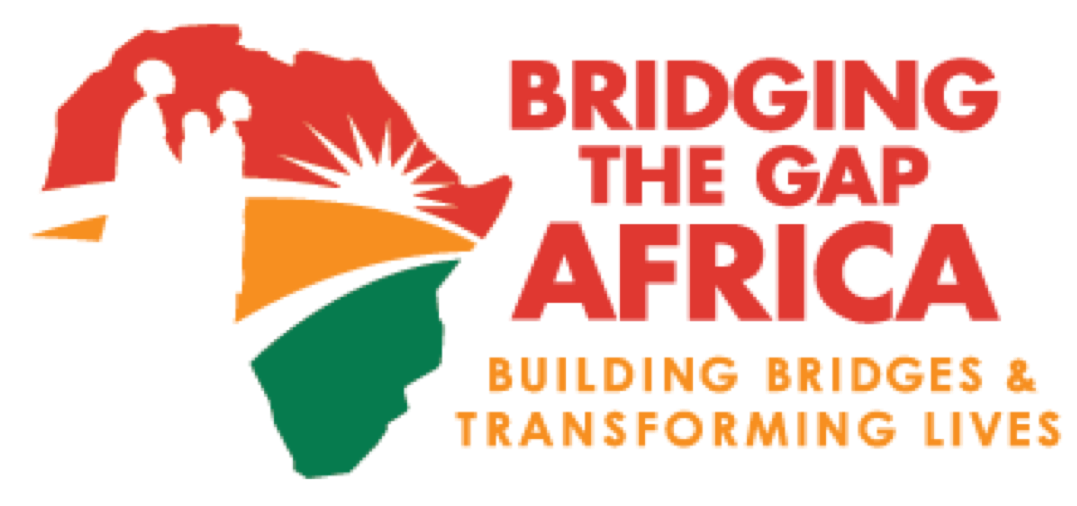Footbridges Provide Access to Work and Schools
In rural Kenya, many people find themselves making difficult decisions when it comes to accessing places of education and employment: Do we risk walking through a river to get our children to school and ourselves to work? Or do we keep our children at home (and out of school) during the rainy seasons because the river is high and dangerous to cross?
At Bridging the Gap Africa, we believe that people should not be faced with these questions. And when we enable these communities to build footbridges across these dangerous rivers we reduce the number of people that have to make these difficult decisions.
To raise awareness for this weeks’ social impact, Dan and Sophie completed a walk through the Grand River in Kitchener, Canada.
•••
The concern that there were school children wading through rivers in Africa was a long topic of discussion at our supper table earlier this year. As the discussion grew, and the understanding of the variability of a river and predators lurking for prey was understood; the need to support Bridging the Gap Africa became a cause for our support.
I work as a project manager for MMM/WSP and Sophie, my daughter, is in Grade 8 in Kitchener Ontario. We reside in a community that grew by the Grand River, a river with a watershed of approximately 6,800 square kilometers. Our thought was to replicate a normal day to work and school with a river crossing. We imagined that if we had to cross the river each day, we would probably have a place to cross and would be prepared to cross. We would be wary of the dangers of the river and the predators living nearby. However, the speed, depth of the river and the unpredictability of the local predators would be our daily concern.
To help us understand how this could impact us, we decided that we would not spend much time preparing for our crossing and that we would wear what we would normally wear for our school and work days. Our challenge, while not the same, would help us understand the challenges of our counterparts in Africa.
At our crossing location, the river is variable depth and speed with several small islands and shallow areas. We made four attempts to cross the river at different locations. The first three attempts would have put the water level high enough such that Sophie would have been swept downstream. I was beginning to think that we would not be able to cross but Sophie found some shallower water upstream that was moving more quickly at reduced depths. What I thought would be a 10 minute crossing actually took us about 30 minutes.
Dan reflecting on what life would be like if this was part of their daily routine.
Sophie stepping out into the Grand River.
We were both wet and dirty from the grasses and the mud. Without a change of clothes we would have been very uncomfortable participating at school or at work. If the river had been flowing slightly higher, we would have probably abandoned the crossing. We wondered how many days of school are missed because of the unpredictability of rivers in Africa.
Sophie in the Grand River during her walk.
We wondered how they managed to cross and participate in the normal activities of work and school after crossing the river. Do they have a change of clothes? How do they manage to carry their homework? What if they slip into the river; is there someone there to save them?
Sophie and her “after-math”
In North America we take bridges for granted without thought that they may not be there tomorrow. The resources required for these foot bridges is small and yet the benefits are enormous. Please support Bridging the Gap Africa as a simple foot bridge provides a dependable safe crossing and permits communities to grow through education and commerce.
-Dan and Sophie
•••








